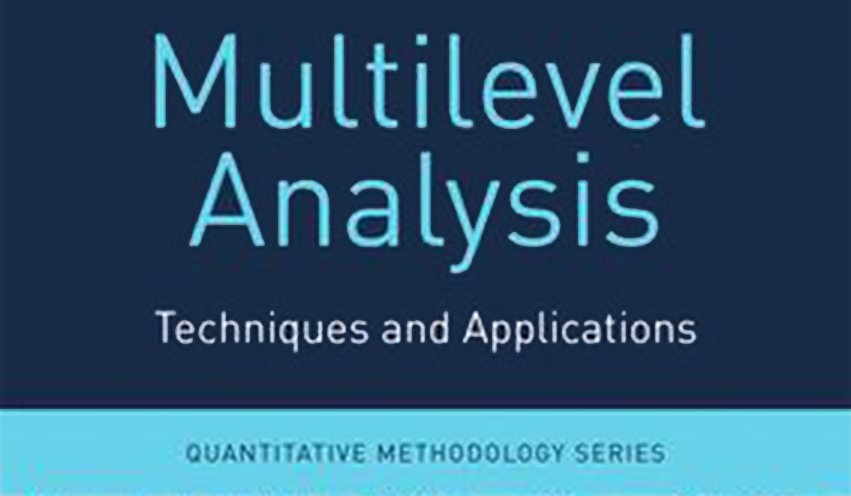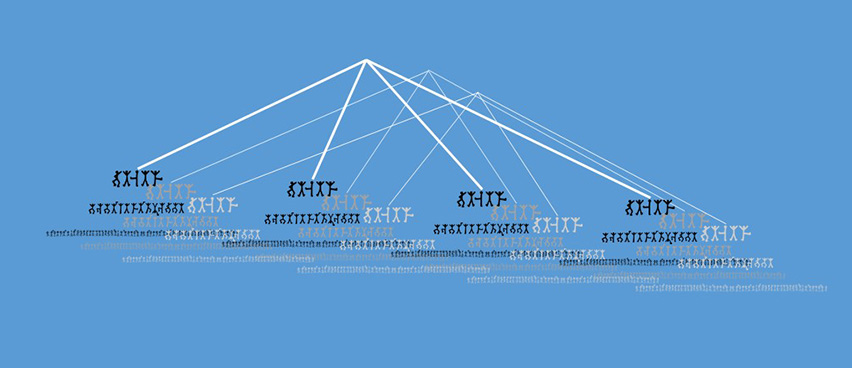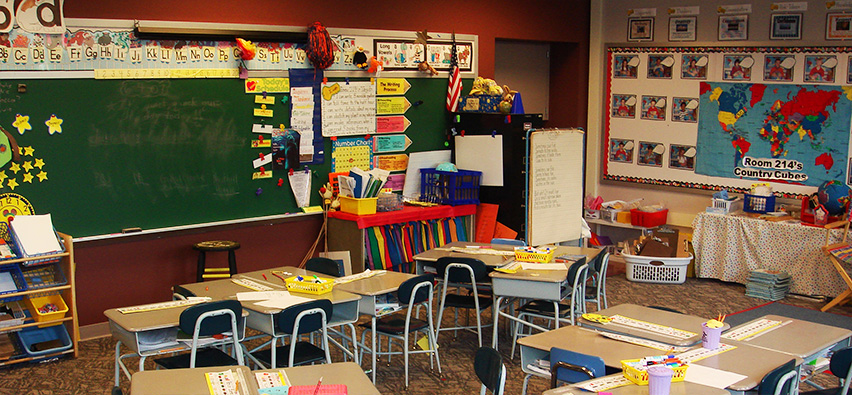Website Multilevel book update
The website of our book Multilevel Analysis: Techniques and Applications (3rd edition) has been updated with datasets, exercises and much more!
People management: developing and testing a measurement scale
In this study we conceptualize people management and develop a multidimensional scale to measure it from the perspectives of both employees and line managers.
Multilevel Analysis Techniques and Applications, Third Edition
We just submitted the page proofs of the 3rd edition of the book Multilevel Analysis Techniques and Applications 🙂 Almost ready now… It is expected to come out this September. That is, if we are able to finish all the other documents on time… From…
A Systematic Review of Bayesian Papers in Psychology: The Last 25 Years
Although the statistical tools most often used by researchers in the field of psychology over the last 25 years are based on frequentist statistics, it is often claimed that the alternative Bayesian approach to statistics is gaining in popularity.
Parents’ posttraumatic stress after burns in their school-aged child: A prospective study
Objective: This prospective study examined the course and potential predictors of parents’ posttraumatic stress symptoms (PTSS) after burn injury in their child (Age 8 to 18 years). Method: One hundred eleven mothers and 91 fathers, representing 118 children, participated in the study.
Fostering pupils’ lifelong learning competencies in the classroom: evaluation of a training programme using a multivariate multilevel growth curve approach
Evidence-based interventions to promote lifelong learning are needed not only in continuing education but also in schools, which lay important cornerstones for lifelong learning.
Child and adolescent internalizing and externalizing problems 12 months postburn: the potential role of preburn functioning, parental posttraumatic stress, and informant bias
Adjustment after pediatric burn injury may be a challenge for children as well as their parents. This prospective study examined associations of internalizing and externalizing problems in children and adolescents 12 months postburn with preburn functioning, and parental acute and chronic posttraumatic stress symptoms (PTSS) from different perspectives.
Collinear Latent Variables in Multilevel Confirmatory Factor Analysis: A Comparison of Maximum Likelihood and Bayesian Estimation
Because variables may be correlated in the social and behavioral sciences, multicollinearity might be problematic. This study investigates the effect of collinearity manipulated in within and between levels of a two-level confirmatory factor analysis by Monte Carlo simulation.
Individual and class room predictors of same-cultural friendship preferences in multicultural schools
This study was an investigation of individual and contextual predictors for same-cultural friendship preferences among non-immigrant (n = 125), Turkish (n = 196) and former Yugoslavian (n = 256) immigrant youths (Mage= 14.39 years) in 36 multicultural classes.
Social Influence Interpretation of Interpersonal Processes and Team Performance Over Time Using Bayesian Model Selection
The team behavior literature is ambiguous about the relations between members’ interpersonal processes—task debate and task conflict—and team performance. From a social influence perspective, we show why members’ interpersonal processes determine team performance over time in small groups.
Measuring Implementation of a School-Based Violence Prevention Program: Fidelity and Teachers’ Responsiveness as Predictors of Proximal Outcomes
When school-based prevention programs are put into practice, evaluation studies commonly only consider one indicator of program implementation. The present study investigates how two different aspects of program implementation – fidelity and participant responsiveness – jointly influence proximal outcomes of the school-based violence prevention program ViSC.
Analyzing indirect effects in cluster randomized trials. The effect of estimation method, number of groups and group sizes on accuracy and power
Cluster randomized trials assess the effect of an intervention that is carried out at the group or cluster level. Ajzen’s theory of planned behavior is often used to model the effect of the intervention as an indirect effect mediated in turn by attitude, norms and behavioral intention.











